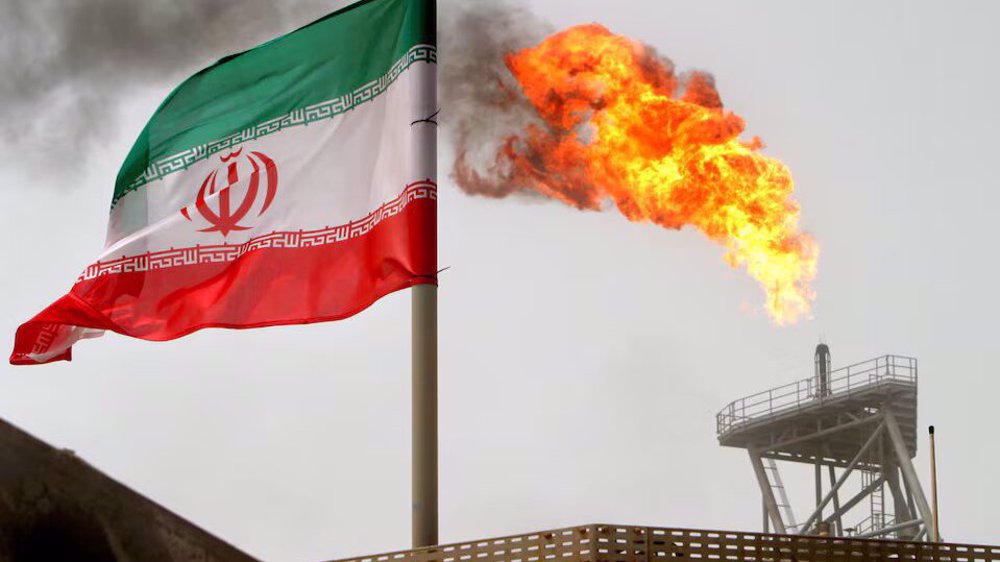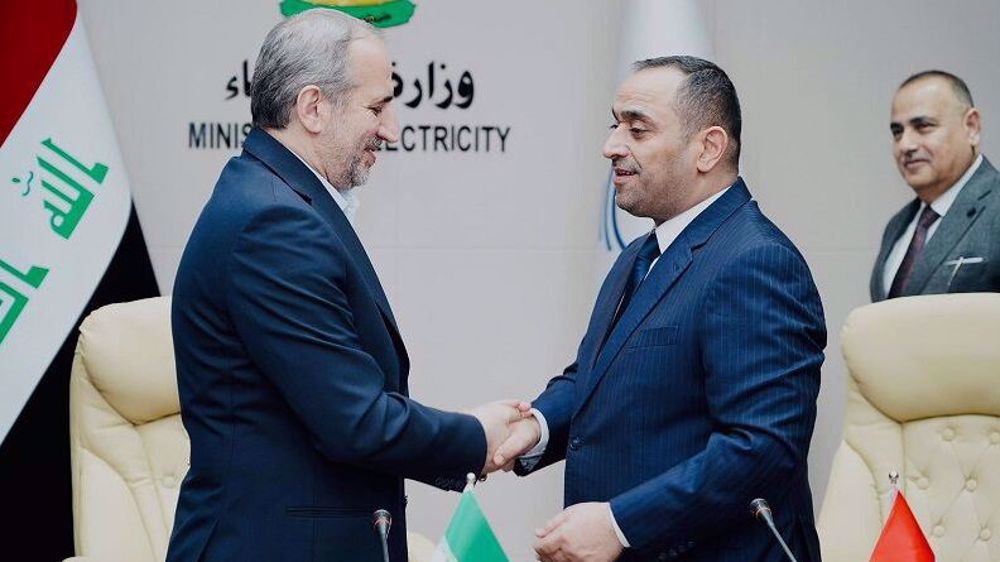Iran’s IDRO plans to develop major oil field
Iran’s IDRO Group says it plans to develop the Susangerd oil field in the country’s southwest in partnership with a reputable international company.
IDRO received a permit from the Ministry of Petroleum for carrying out studies on the field in May, its Managing Director Mansour Moazzami told Fars news agency.
“We have chosen a reputable international partner for this job and after studies, we will have the development and exploration contract,” he added.
Moazzami put the investment plateau for the field at $800 million to $900 million but did not reveal the name of the company which IDRO is about to partner with.
Susangerd is estimated to hold more than 5 billion barrels of in-place oil reserves discovered in 2009, according to Iranian officials.

IDRO, standing for the Industrial Development and Renovation Organization, is one of the largest companies in Iran, established before the 1979 Islamic Revolution. The company has total assets of more than $45 billion.
Iran’s conclusion of a $5 billion gas deal with France's Total early this month has added fresh momentum to the country’s bid to boost oil and gas output after years of under-investment.
Asian and European companies have been negotiating participation in Iran’s oil and gas development projects which need $200 billion worth of investment, according to Minister of Petroleum Bijan Zangeneh.
Officials say the deal with Total has set the ball rolling for the conclusion of more contracts with international companies.
Deputy Minister of Petroleum for International Affairs Amir Hosssein Zamaninia has cited BP, Russia's Gazprom and Lukoil, and Malaysia's Petronas among the international companies which were having discussions with the country.
Iran is trying to ramp up oil and gas production after years of US-led sanctions. Zamaninia told an energy conference in Istanbul on Wednesday that Iran's oil output would rise to around 4 million barrels per day by the end of the year.
The country has been producing around 3.8 million barrels per day in recent months.
Iran’s crude oil customers are mainly in Asia, but the country has also brought exports to Europe close to pre-sanction levels as part of its bid to regain market share. Exports to Europe in May surged to their highest level since the lifting of sanctions in early 2016 to 1.1 million barrels per day (bpd).

Customs data released on Saturday showed South Korea's crude oil imports from Iran increased 10.5 percent in June from a year earlier, Reuters reported.
Seoul imported 1.15 million tonnes of crude from Tehran in June, or 281,338 barrels per day (bpd), compared with 1.04 million tonnes a year ago, the news agency said.
Iran is South Korea's second-biggest crude oil supplier. Other major clients of Iran’s crude oil in Asia are China, India and Japan.
According to Reuters, South Korea's intake of Iranian oil in the first half of the year jumped 51.5 percent to 9.27 million tonnes, or 375,597 bpd, over the same period a year ago.
The struggles of Occupied Palestine
Ayatollah Khamenei exalts great Persian poet on Saadi Day
Iran’s Civil Defense examines country’s preparation for potential threats
FBI chief: Chinese hackers targeting critical US infrastructure
New York Times leaked memo on Gaza coverage reveals obfuscation of facts
VIDEO | Press TV's news headlines
Barbados officially announces recognition of Palestine as state
US Senate reauthorizes surveillance bill despite privacy concerns










 This makes it easy to access the Press TV website
This makes it easy to access the Press TV website